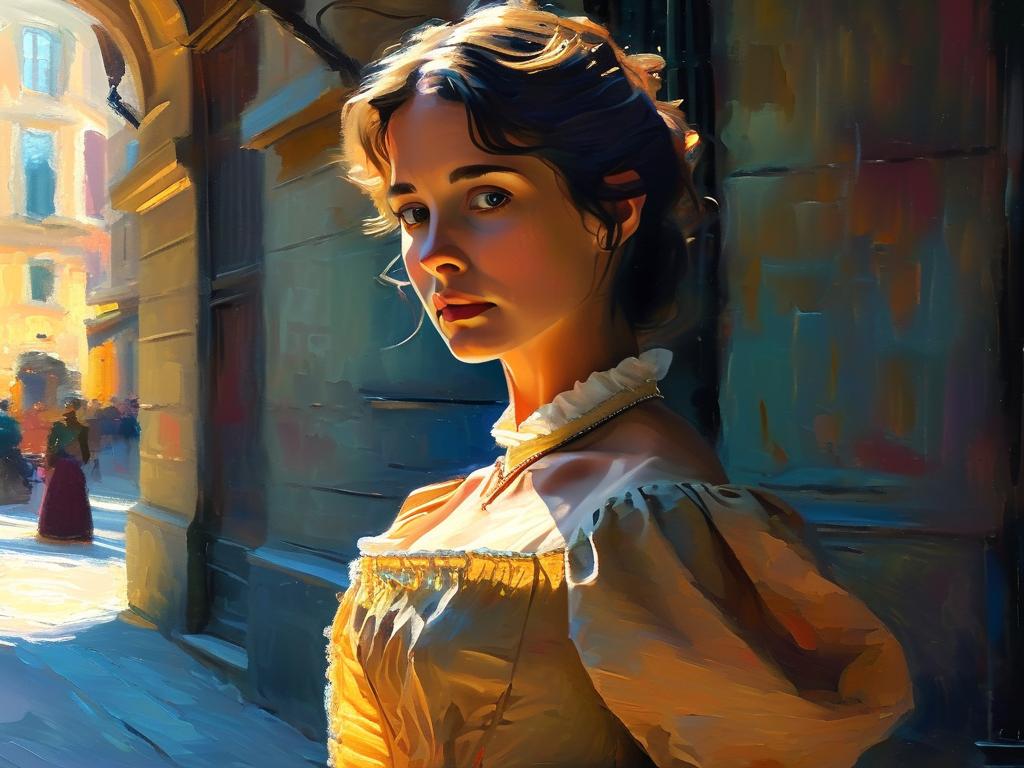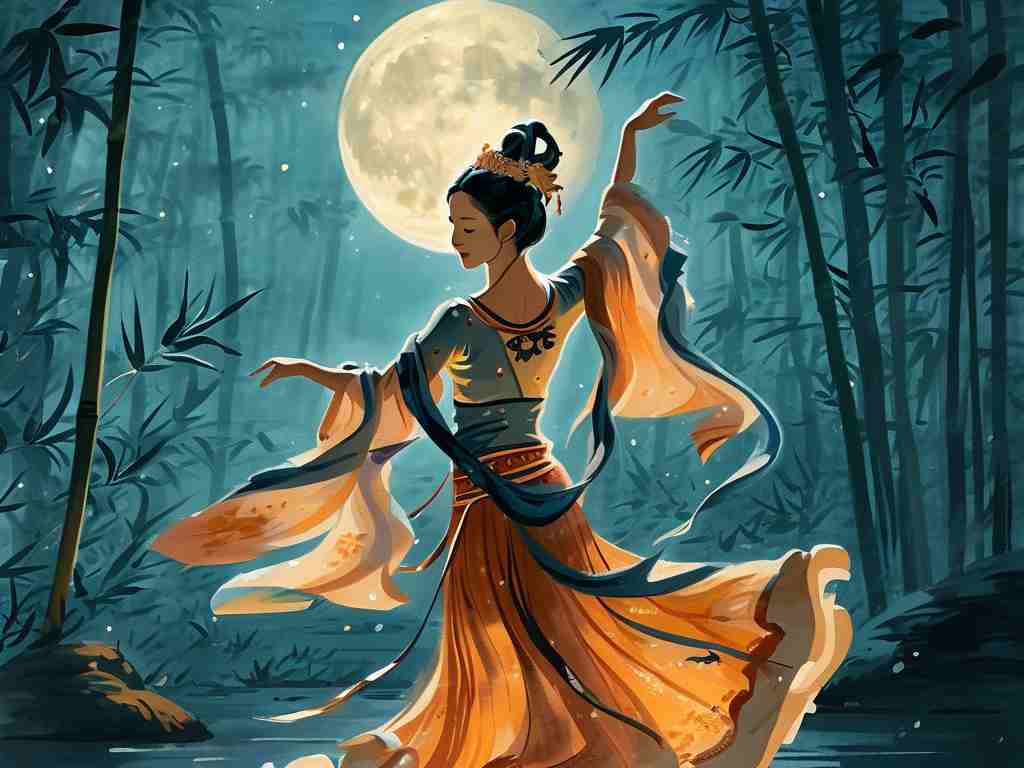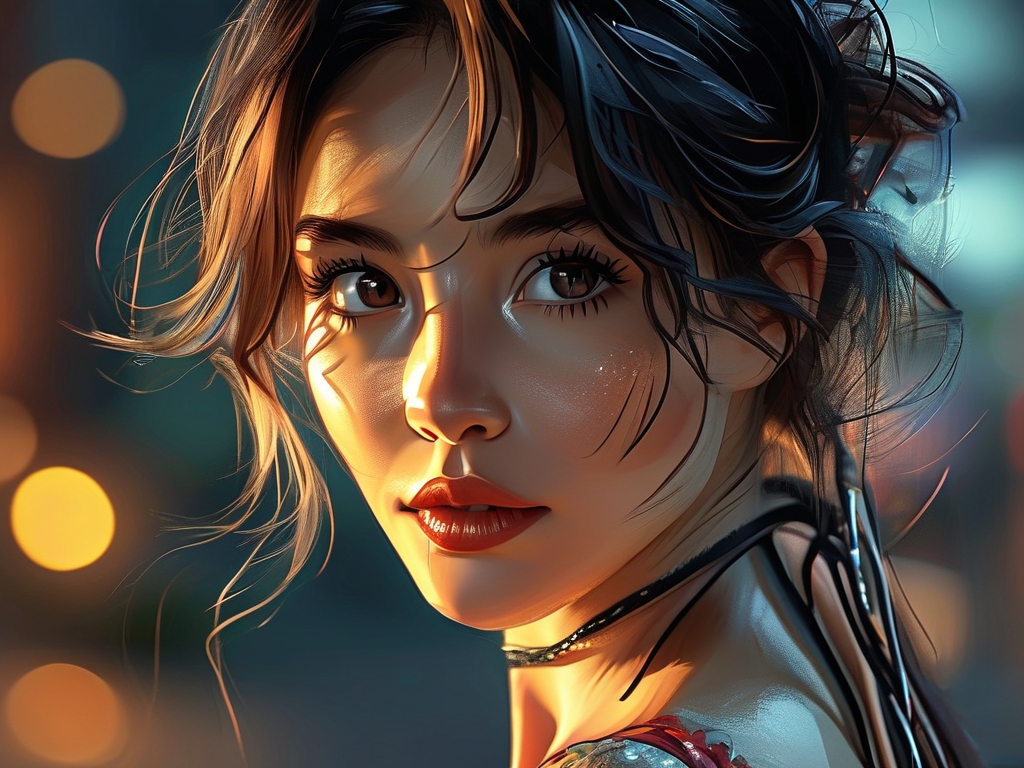The intersection of artificial intelligence and creative industries has reached a transformative milestone with neural networks reshaping painting and video editing. These technologies are not just automating tasks but redefining artistic expression, enabling unprecedented collaboration between human intuition and machine precision.

At the core of this revolution are generative adversarial networks (GANs) and convolutional neural networks (CNNs), which analyze vast datasets of visual content to replicate styles, enhance details, and predict creative choices. For digital artists, tools like DeepDream and StyleGAN have become indispensable. By inputting rough sketches or base images, creators can generate complex artworks in seconds, iterating through variations that would take hours manually. A painter might start with a charcoal outline, apply a Van Gogh-inspired filter via neural style transfer, then refine the output using brushstroke simulation algorithms.
Video editing has seen similar breakthroughs. AI-powered platforms like Runway ML now automate frame-by-frame adjustments such as color grading, object removal, and even scene regeneration. A notable example is the use of neural networks for "inpainting"—intelligently filling missing pixels in damaged footage. Editors working on archival restoration projects have used these systems to reconstruct lost details in historical films with 94% accuracy compared to original prints.
What makes these systems unique is their adaptive learning capability. Unlike traditional software with fixed filters, neural networks evolve through user interaction. Adobe's Sensei framework, for instance, studies a video editor's recurring choices—preferred transition styles, pacing patterns, color palettes—to proactively suggest edits. This symbiotic workflow reduces repetitive tasks while preserving creative control.
Critics argue about authenticity in AI-assisted art, but practitioners emphasize augmentation over replacement. Digital sculptor Elena Petrovich, who integrates neural networks into her workflow, explains: "The AI becomes a collaborator, proposing directions I might not consider. It's like having a tireless apprentice who remembers every art movement in history." Her latest exhibition featured marble sculptures initially drafted by algorithms, then physically carved using robotic arms guided by her modifications.
Ethical considerations remain paramount. Deepfake technology, powered by similar neural architectures, raises concerns about misinformation. However, creative industries are countering this with blockchain-based authentication systems. Startups like Verisart now embed neural network-generated watermarks into digital art files, creating tamper-proof certificates of origin.
Looking ahead, researchers are developing "neuro-symbolic" systems that combine neural networks with rule-based reasoning. Imagine a video editor describing a scene verbally: "Make the sunset more melancholic with slower transitions." The AI would adjust hue temperatures toward cooler tones while extending crossfade durations, all while maintaining scene continuity. Prototypes of such systems already exist in experimental labs, achieving 80% accuracy in interpreting abstract creative directives.
For newcomers, the learning curve is surprisingly manageable. Open-source libraries like TensorFlow and PyTorch offer pre-trained models for artistic applications. A basic style transfer script can be implemented in under 15 lines of Python code:
import torch
from neural_style_transfer import transfer_style
content_image = load_image("landscape.jpg")
style_image = load_image("starry_night.jpg")
output = transfer_style(content_image, style_image, iterations=200)
save_image(output, "fusion.jpg")
This accessibility has democratized AI art, with mobile apps like Prisma bringing neural filters to casual users. Meanwhile, professional-grade tools are pushing boundaries—NVIDIA's Canvas app turns rough brushstrokes into photorealistic landscapes in real time using generative AI.
The economic impact is equally significant. A 2023 Adobe report estimates that AI-assisted editing reduces production timelines by 40% for animation studios. Independent filmmakers can now achieve visual effects previously requiring six-figure budgets, using tools like DaVinci Resolve's neural engine for automatic depth mapping and focus pulling.
As neural networks grow more sophisticated, their role in creative workflows will deepen. Future systems may interpret EEG signals to visualize mental imagery or collaborate across mediums—generating music synchronized with AI-painted animations. What remains unchanged is the human capacity to imagine, critique, and find meaning. The algorithms are just brushes; the artist still holds the vision.



